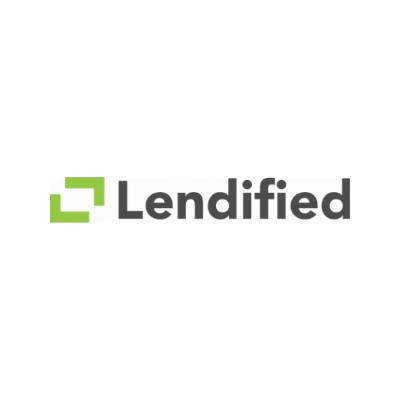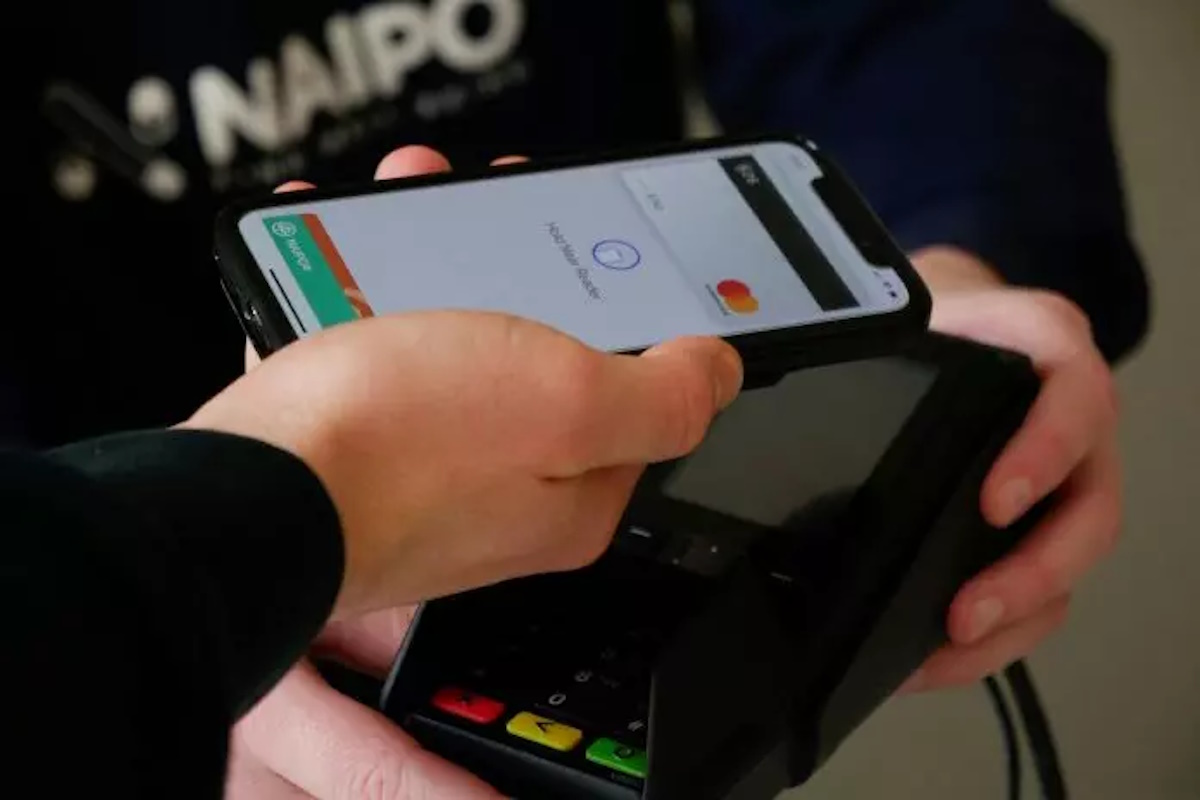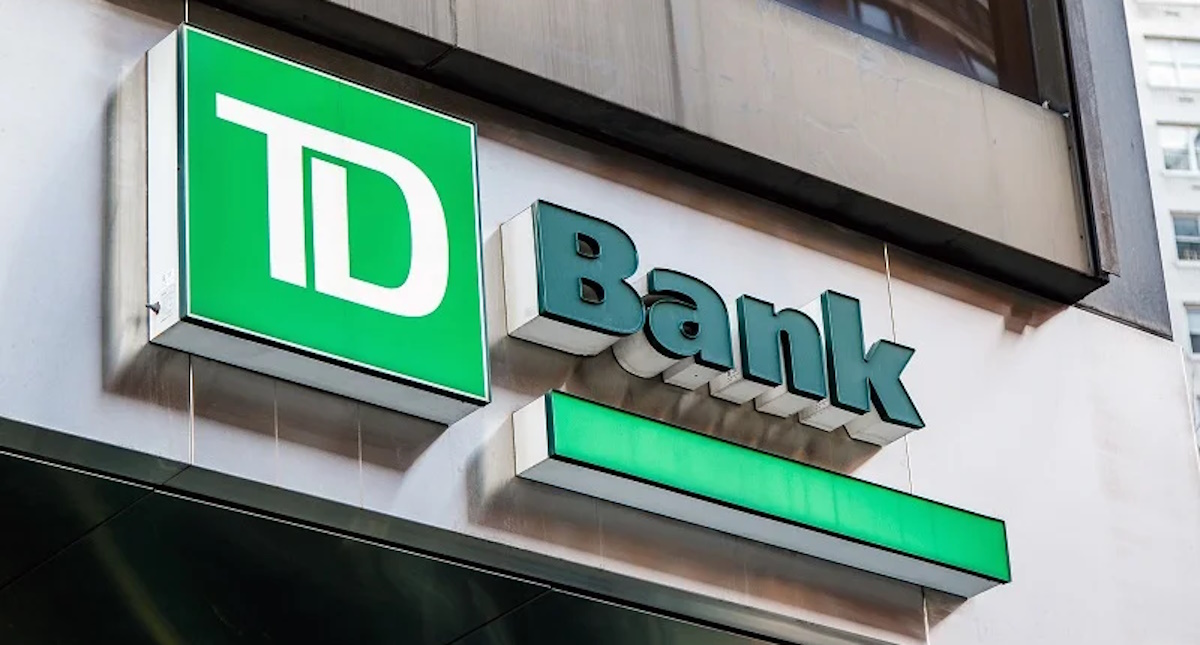Fintech
Lendified Reports Third Quarter Results

Toronto, Ontario–(Newsfile Corp. – November 29, 2021) – Lendified Holdings Inc. (TSXV: LHI) (formerly, Hampton Bay Capital Inc.) (the “Company” or “Lendified“) is pleased to announce its financial results for the third quarter ended September 30, 2021. The Company’s interim financial statements for the three and nine months ended September 30, 2021 and the related management discussion and analysis can be found under the Company’s profile on www.sedar.com.
Third Quarter 2021 Financial Highlights
- On July 14, 2021, the Company announced closing of the second and final tranche of its private placement bringing the total size of the private placement to 36,750,000 Subscription Receipts for aggregate gross proceeds of $1,837,500. The offering was subject to escrow release conditions that were satisfied on August 6, 2021. The proceeds will allow the company to continue to strategically position itself in the market and to fund key working capital needs.
- On July 30, 2021 the Company completed its shares for debt transaction in which an aggregate $10,618,310 of outstanding indebtedness was settled for 212,366,210 common shares of the Company at a price of $0.05 per share. The debt settlement marks a major milestone in the Company’s capital and financial restructuring efforts.
- On July 30, 2021, the Company entered into a two-year credit agreement with Windsor Private Capital Limited Partnership and Evergreen Gap Debt GP Inc for a new credit facility of $10,000,000. The new credit facility positions the Company to continue to originate new loans and respond to demand from businesses for funding.
- On July 30, 2021 the Company entered into a Standstill Agreement for existing debt obligations with its secured lenders. The Agreement subject to certain terms and conditions provides that the secured lenders will not initiate any enforcement action on existing defaults during the standstill period ending on August 1, 2023.
- The Company attained positive earnings for the three months ended September 30, 2021 of $1.47 million in comparison to -$0.51 million during the same period in prior year. For the nine months ended September 30, 2021 the Company attained positive earnings of $1.34 million in comparison to -$7.74 million during the same period in prior year.
ABOUT LENDIFIED HOLDINGS INC.
Lendified, a company located in Ontario, Canada, is a Canadian company operating a lending platform which provides working capital loans to small and medium-sized businesses across Canada.
Further Information
For further information regarding Lendified, please contact:
Eoghan Bergin, Chief Executive Officer and Director
1-844-451-3594
[email protected]
Neither the TSXV nor its Regulation Services Provider (as that term is defined in the policies of the TSXV) accepts responsibility for the adequacy or accuracy of this release.
This news release may contain forward-looking statements which reflect the Company’s current expectations regarding future events. The forward-looking statements are often, but not always, identified by the use of words such as “seek”, “anticipate”, “plan, “estimate”, “expect”, “intend” and statements that an event or result “may”, “will”, “should”, “could” or “might” occur or be achieved and other similar expressions. These forward-looking statements involve risk and uncertainties, including, but not limited to, whether the effects of the COVID-19 pandemic will be even more severe than it has been to date, any of which could cause results, performance, or achievements to differ materially from the results discussed or implied in the forward-looking statements. Many risks are inherent in the industries in which the Company participates; others are more specific to the Company, there can be no assurance that such information will prove to be accurate, as actual results and future events could differ materially from those anticipated in such information. The Company’s ongoing quarterly filings should be consulted for additional information on risks and uncertainties relating to these forward-looking statements. Investors should not place undue reliance on any forward-looking statements. All forward-looking information contained in this press release is given as of the date hereof and is based upon the opinions and estimates of management and information available to management as at the date hereof. Management assumes no obligation to update or alter any forward-looking statements whether as a result of new information, further events or otherwise.
NOT FOR DISSEMINATION TO UNITED STATES NEWSWIRE SERVICES OR DISSEMINATION IN THE UNITED STATES
To view the source version of this press release, please visit https://www.newsfilecorp.com/release/105762
Powered by WPeMatico
Fintech
Central banks and the FinTech sector unite to change global payments space

The BIS, along with seven leading central banks and a cohort of private financial firms, has embarked on an ambitious venture known as Project Agorá.
Named after the Greek word for “marketplace,” this initiative stands at the forefront of exploring the potential of tokenisation to significantly enhance the operational efficiency of the monetary system worldwide.
Central to this pioneering project are the Bank of France (on behalf of the Eurosystem), the Bank of Japan, the Bank of Korea, the Bank of Mexico, the Swiss National Bank, the Bank of England, and the Federal Reserve Bank of New York. These institutions have joined forces under the banner of Project Agorá, in partnership with an extensive assembly of private financial entities convened by the Institute of International Finance (IIF).
At the heart of Project Agorá is the pursuit of integrating tokenised commercial bank deposits with tokenised wholesale central bank money within a unified, public-private programmable financial platform. By harnessing the advanced capabilities of smart contracts and programmability, the project aspires to unlock new transactional possibilities that were previously infeasible or impractical, thereby fostering novel opportunities that could benefit businesses and consumers alike.
The collaborative effort seeks to address and surmount a variety of structural inefficiencies that currently plague cross-border payments. These challenges include disparate legal, regulatory, and technical standards; varying operating hours and time zones; and the heightened complexity associated with conducting financial integrity checks (such as anti-money laundering and customer verification procedures), which are often redundantly executed across multiple stages of a single transaction due to the involvement of several intermediaries.
As a beacon of experimental and exploratory projects, the BIS Innovation Hub is committed to delivering public goods to the global central banking community through initiatives like Project Agorá. In line with this mission, the BIS will soon issue a call for expressions of interest from private financial institutions eager to contribute to this ground-breaking project. The IIF will facilitate the involvement of private sector participants, extending an invitation to regulated financial institutions representing each of the seven aforementioned currencies to partake in this transformative endeavour.
Source: fintech.globa
The post Central banks and the FinTech sector unite to change global payments space appeared first on HIPTHER Alerts.
Fintech
TD Bank inks multi-year strategic partnership with Google Cloud

TD Bank has inked a multi-year deal with Google Cloud as it looks to streamline the development and deployment of new products and services.
The deal will see the Canadian banking group integrate the vendor’s cloud services into a wider portion of its technology solutions portfolio, a move which TD expects will enable it “to respond quickly to changing customer expectations by rolling out new features, updates, or entirely new financial products at an accelerated pace”.
This marks an expansion of the already established relationship between TD Bank and Google Cloud after the group previously adopted the vendor’s Google Kubernetes Engine (GKE) for TD Securities Automated Trading (TDSAT), the Chicago-based subsidiary of its investment banking unit, TD Securities.
TDSAT uses GKE for process automation and quantitative modelling across fixed income markets, resulting in the development of a “data-driven research platform” capable of processing large research workloads in trading.
Dan Bosman, SVP and CIO of TD Securities, claims the infrastructure has so far supported TDSAT with “compute-intensive quantitative analysis” while expanding the subsidiary’s “trading volumes and portfolio size”.
TD’s new partnership with Google Cloud will see the group attempt to replicate the same level of success across its entire portfolio.
Source: fintechfutures.com
The post TD Bank inks multi-year strategic partnership with Google Cloud appeared first on HIPTHER Alerts.
Fintech
MAS launches transformative platform to combat money laundering

The MAS has unveiled Cosmic, an acronym for Collaborative Sharing of Money Laundering/Terrorism Financing Information and Cases, a new money laundering platform.
According to Business Times, launched on April 1, Cosmic stands out as the first centralised digital platform dedicated to combating money laundering, terrorism financing, and proliferation financing on a worldwide scale. This move follows the enactment of the Financial Services and Markets (Amendment) Act 2023, which, along with its subsidiary legislation, commenced on the same day to provide a solid legal foundation and safeguards for information sharing among financial institutions (FIs).
Cosmic enables participating FIs to exchange customer information when certain “red flags” indicate potential suspicious activities. The platform’s introduction is a testament to MAS’s commitment to ensuring the integrity of the financial sector, mandating participants to establish stringent policies and operational safeguards to maintain the confidentiality of the shared information. This strategic approach allows for the efficient exchange of intelligence on potential criminal activities while protecting legitimate customers.
Significantly, Cosmic was co-developed by MAS and six leading commercial banks in Singapore—OCBC, UOB, DBS, Citibank, HSBC, and Standard Chartered—which will serve as participant FIs during its initial phase. The initiative emphasizes voluntary information sharing focused on addressing key financial crime risks within the commercial banking sector, such as the misuse of legal persons, trade finance, and proliferation financing.
Loo Siew Yee, assistant managing director for policy, payments, and financial crime at MAS, highlighted that Cosmic enhances the existing collaboration between the industry and law enforcement authorities, fortifying Singapore’s reputation as a well-regulated and trusted financial hub. Similarly, Pua Xiao Wei of Citi Singapore and Loretta Yuen of OCBC have expressed their institutions’ support for Cosmic, noting its potential to ramp up anti-money laundering efforts and its significance as a development in the banking sector’s ability to combat financial crimes efficiently. DBS’ Lam Chee Kin also praised Cosmic as a “game changer,” emphasizing the careful balance between combating financial crime and ensuring legitimate customers’ access to financial services.
Source: fintech.global
The post MAS launches transformative platform to combat money laundering appeared first on HIPTHER Alerts.
-
Latest News6 days ago
DEMAND AT ASIAN FACTORIES RISES AT STRONGEST RATE IN OVER 2 YEARS, IMPROVING NEAR-TERM GROWTH OUTLOOK FOR MANUFACTURING WORLDWIDE: GEP GLOBAL SUPPLY CHAIN VOLATILITY INDEX
-
Latest News7 days ago
Bitrue Gears Up for 2024 Bitcoin Halving with Trading Competition
-
Latest News7 days ago
Global Airlines Appoints New Head of Finance from KPMG
-
Latest News5 days ago
“The Hainan FTP and Me”: Looking at Hainan’s Transformations
-
Latest News6 days ago
Spendesk combines procurement with spend management through Okko acquisition
-
Latest News7 days ago
BtcTurk Organizes Half Marathon in Istanbul to Celebrate Halving Period
-
Latest News4 days ago
Millions of people unite around doing good on the 18th International Good Deeds Day held yesterday worldwide
-
Latest News7 days ago
Bitget to Take Center Stage at Blockchain Life and Token2049 Dubai



